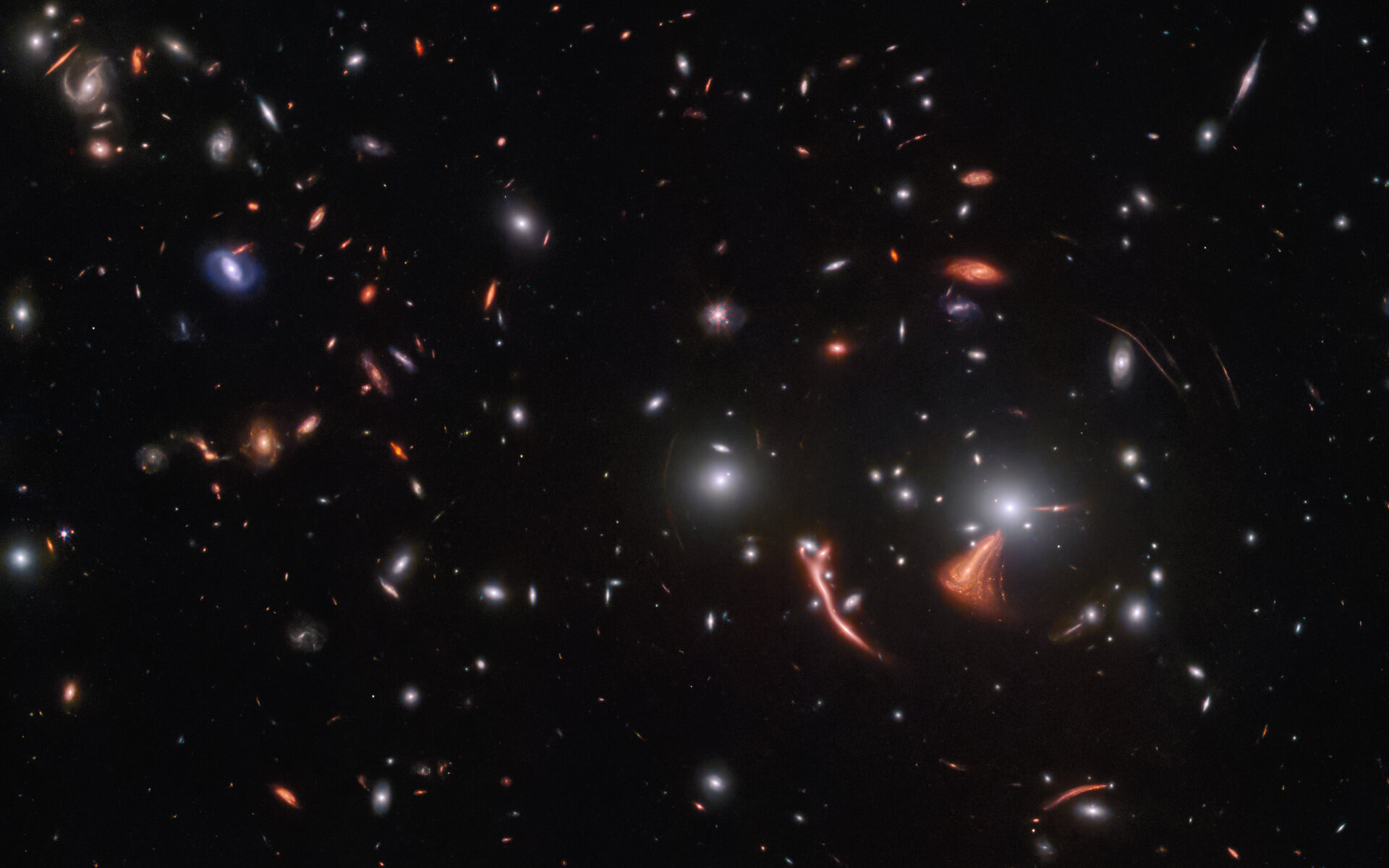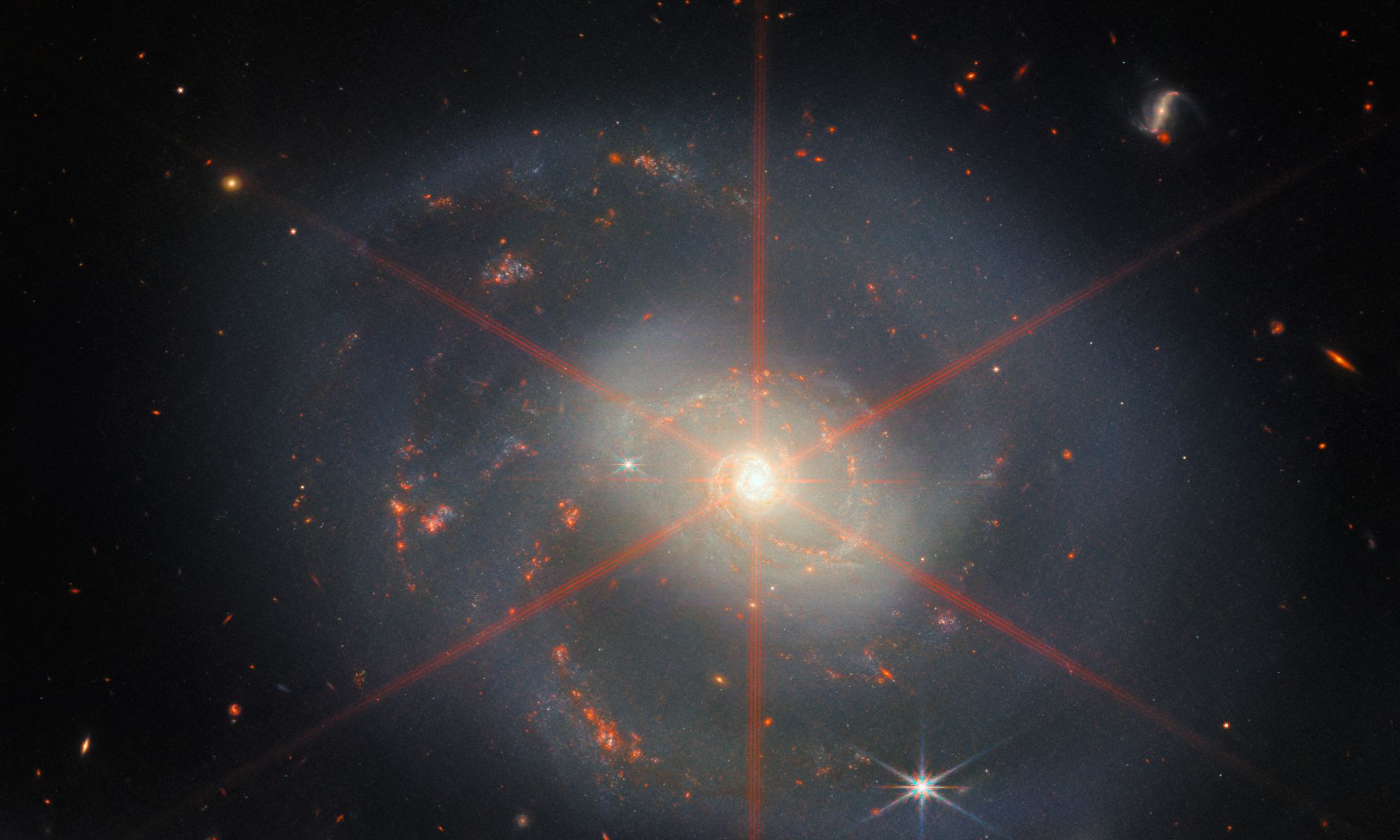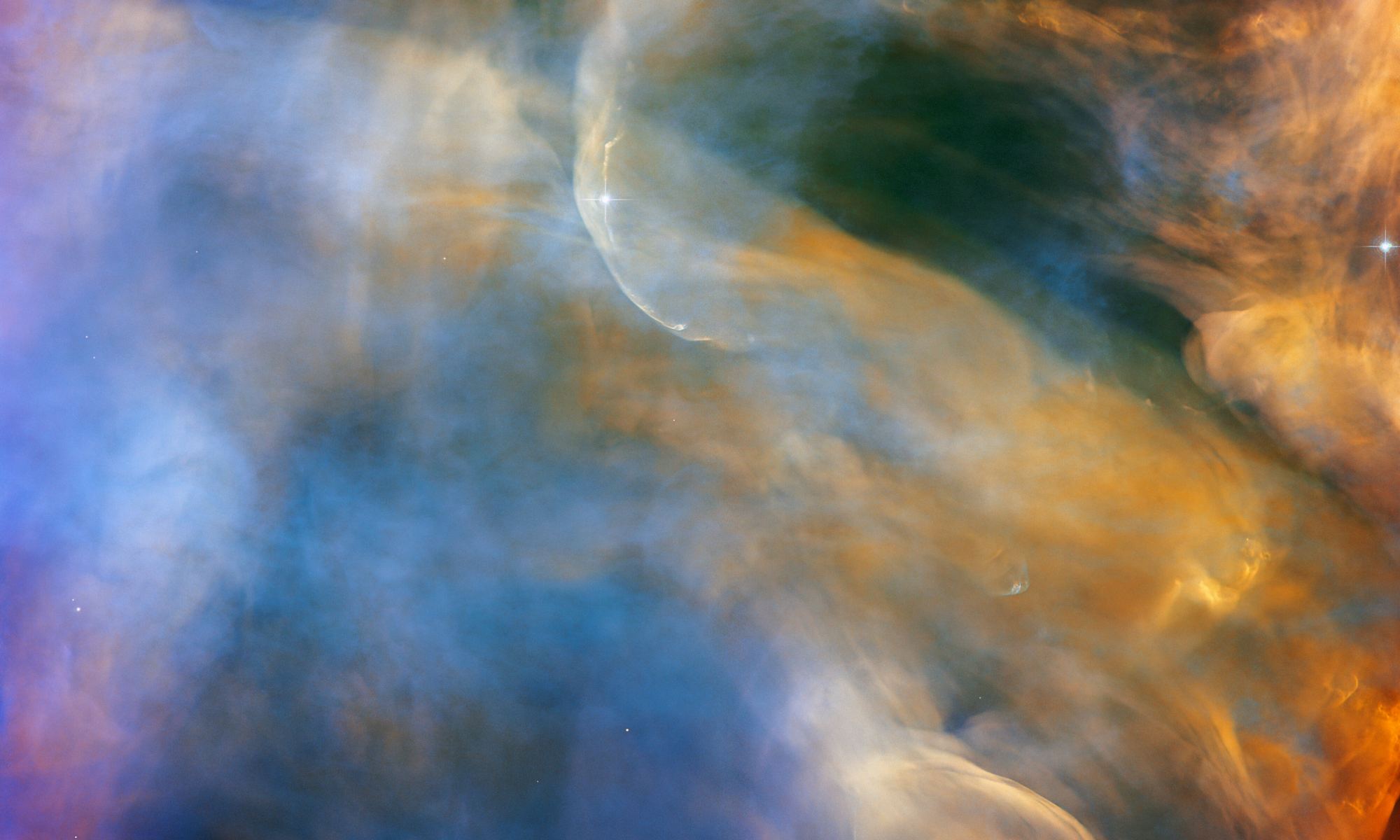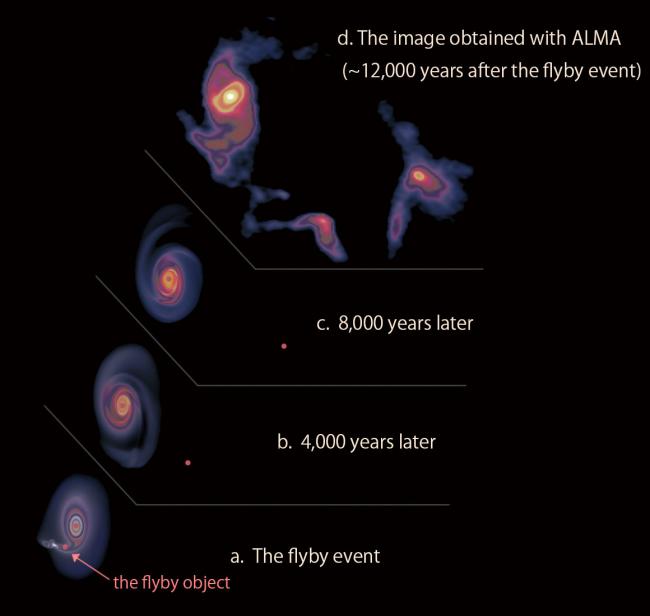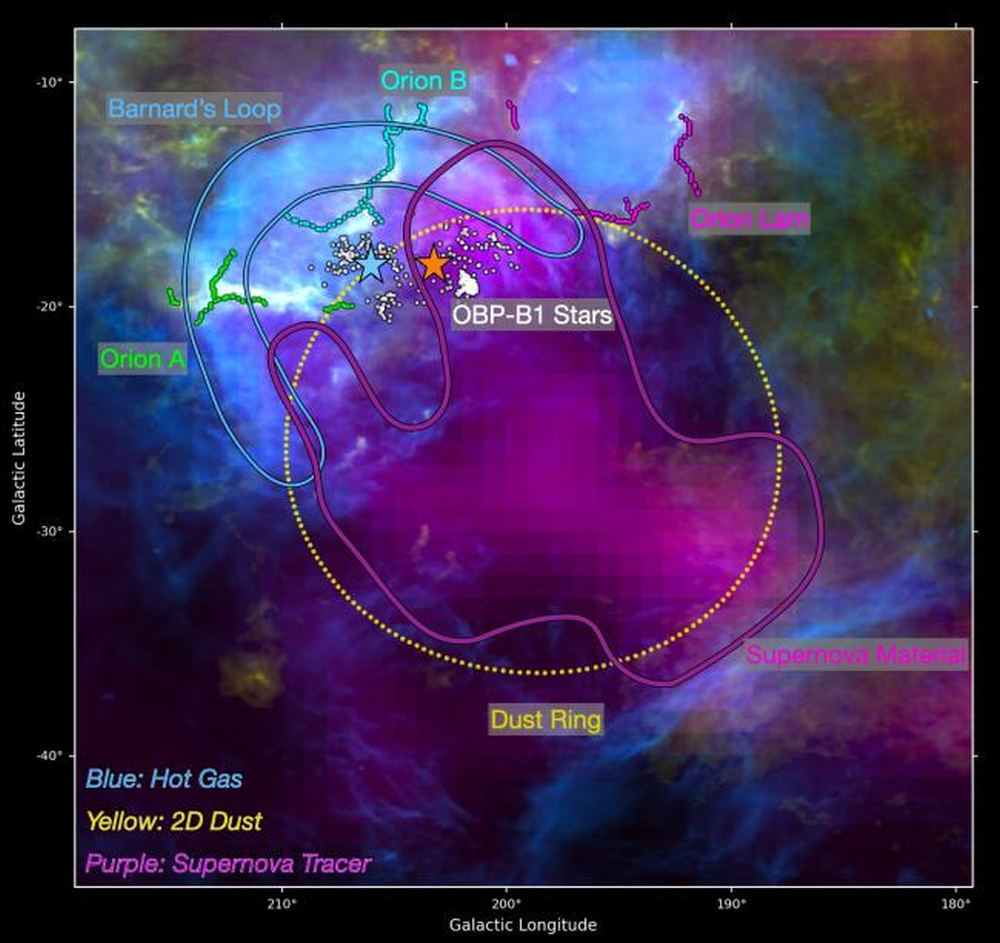Did humanity miss the party? Are SETI, the Drake Equation, and the Fermi Paradox all just artifacts of our ignorance about Advanced Life in the Universe? And if we are wrong, how would we know?
A new study focusing on black holes and their powerful effect on star formation suggests that we, as advanced life, might be relics from a bygone age in the Universe.
Continue reading “Advanced Life Should Have Already Peaked Billions of Years Ago”

